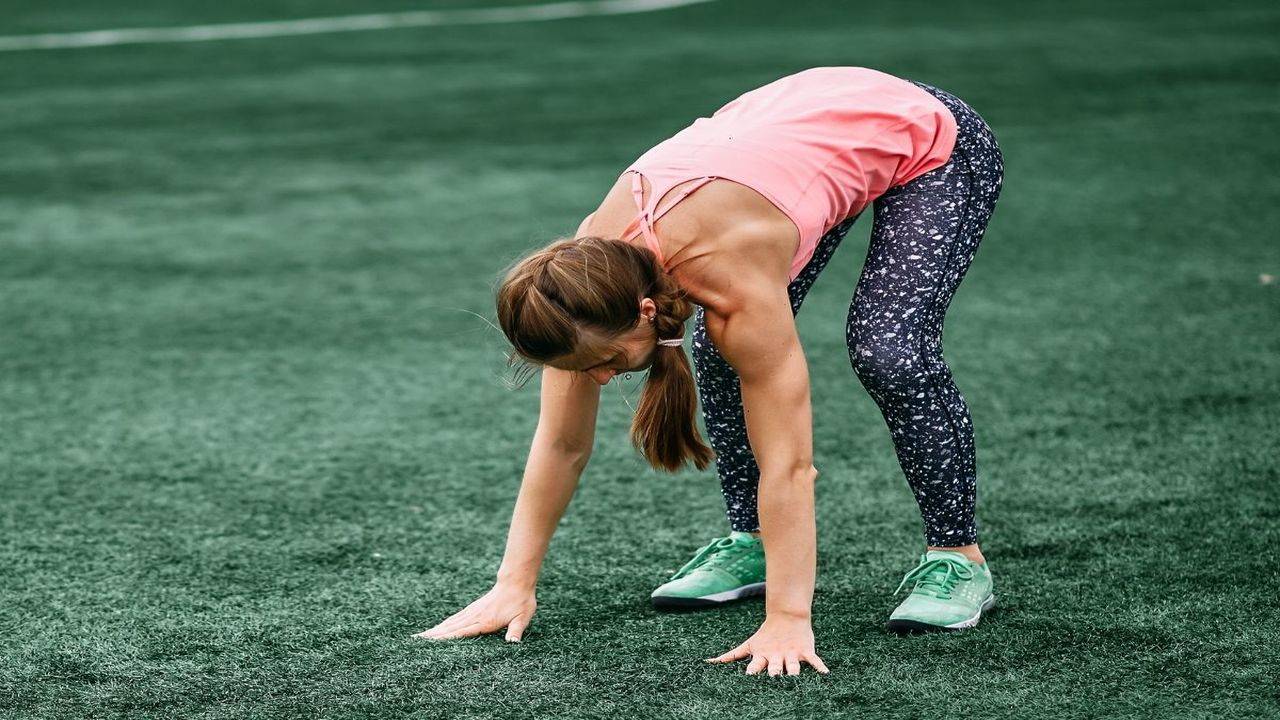If you’ve ever felt bored with your regular walk or stuck in a weight loss rut, here’s something simple but powerful—try walking uphill. Yep, just a small incline can take your walk from easy and casual to fat-burning and body-toning real quick.
You don’t need a fancy gym, expensive gear, or high-intensity training plans to start feeling better and looking leaner. Uphill walking is one of those underrated moves that can seriously help you get back in shape—especially if you’ve taken a break or want something joint-friendly yet effective.
So how does walking on an incline make such a difference? Let’s break it down. Here are 4 powerful ways uphill walking helps with weight loss, boosts strength, and reshapes your fitness routine—along with some real talk about how to do it right and make it stick.
1. Burns More Calories in Less Time
Let’s be honest—burning fat is one of the biggest goals when you’re trying to lose weight. Walking uphill ramps that up big time. Why? Because your body has to work harder.
Walking on a flat path is great, but once you add an incline, your heart rate goes up, your muscles engage more, and your body starts torching more calories—even if your speed stays the same.
Some studies say walking on an incline can burn up to 50% more calories than walking on a flat surface. So if you’re short on time but still want to get in a solid fat-burning session, this is your move.
Even better? Your body keeps working even after you’re done walking. That afterburn (aka EPOC effect) may be small, but it adds up if you’re consistent.
2. Tones Your Legs, Glutes, and Core
Let’s talk muscles. Regular walking mostly works your calves and a little bit of your thighs. But uphill walking? That’s a whole different story.
You’ll activate your hamstrings, glutes, quads, and even your core more as your body works to stabilize and climb. Your butt and thighs feel the burn almost instantly—and that’s a good thing.
This kind of resistance (from gravity) acts like strength training without weights. So while you’re burning fat, you’re also building lean muscle. That helps you tighten and tone your lower body as you go. Over time, you’ll notice stronger legs, a lifted backside, and better definition.
And the core? It kicks in to help keep you balanced. Especially if you’re walking uphill outdoors on uneven ground, your abs are constantly adjusting to help you stay upright and steady. That’s free core work while walking—win-win.
3. Boosts Heart Health and Enduranc
Your heart loves incline walking. It’s a low-impact cardiovascular workout, which means it’s easy on your joints but still gives your heart and lungs a great challenge.
As your heart rate climbs, your cardiovascular system gets stronger. That means better stamina, more energy throughout the day, and less shortness of breath during everyday activities.
And let’s not forget—heart health plays a big role in long-term fat loss. When your heart is strong, your metabolism stays active, and your body becomes more efficient at burning fat during both exercise and rest.
Even just 20-30 minutes of incline walking a few times a week can lead to better blood pressure, circulation, and overall endurance.
4. Keeps You Mentally Engaged and Motivated
Let’s be real for a second. Sometimes walking gets boring. You start dragging your feet, checking your phone, or zoning out halfway through. That’s where incline walking becomes a total game-changer.
Whether you’re on a treadmill or hiking a trail, inclines force you to stay present. You can’t just cruise—you’re breathing harder, pushing more, and mentally dialed in.
And when you feel that burn and power through it, it gives you a big mental boost. It’s a reminder that you’re strong and capable—even if you’re just walking. That kind of motivation sticks.
Plus, if you switch up your routine with different hills, inclines, or routes, it makes your workouts way more interesting. And when workouts are interesting, you’re more likely to stick with them—and that’s the real secret to long-term weight loss.
How to Start Incline Walking for Weight Loss
You don’t need a mountain or an intense hiking trail to get started. Here’s how you can ease into it and still get amazing results:
On a Treadmill:
- Start with a warm-up on flat incline for 5 minutes.
- Set the incline to 3%–6% and walk for 10–20 minutes.
- As you get stronger, increase the incline gradually—some treadmills go up to 15%.
- Cool down with 5 minutes of flat walking to bring your heart rate down.
Outdoors:
- Look for gentle hills in your area—parks, neighborhoods, or school tracks with slopes.
- Mix flat and uphill walking for an interval effect (walk flat for 2 mins, then climb uphill for 1 min).
- Use your arms and core to help with balance on steeper climbs.
Weekly Plan Example:
- Day 1: 20-minute flat walk
- Day 2: 15-minute incline walk
- Day 3: Rest or light stretch
- Day 4: 25-minute incline walk
- Day 5: Flat walk or yoga
- Day 6: Hill intervals
- Day 7: Rest or easy recovery walk
Stick with this for 3–4 weeks, and you’ll feel stronger, leaner, and more energized.
Extra Tips to Maximize Your Results
- Stay hydrated: Especially on warm days or long walks, sip water before and after.
- Wear the right shoes: Supportive walking or running shoes with good grip matter more on inclines.
- Track your progress: Apps like Strava, Google Fit, or even a notebook help you stay motivated.
- Add resistance: When you’re ready, wear a light backpack or use light ankle weights (only if your knees are healthy).
- Mix with strength training: A few squats, lunges, or planks after your walk can speed up your results.
Uphill walking is the kind of exercise that doesn’t just burn calories—it transforms your entire routine. It’s simple but super effective. It tones your body, boosts your heart health, and helps you drop fat without punishing your joints or draining your energy.
Whether you’re trying to lose the first 5 pounds or get back on track after a long break, uphill walking is a great place to start. You’ll feel the difference in just a couple of weeks—not just in how you look, but in how strong and capable your body feels again.
So lace up your shoes, find your hill (or treadmill), and start climbing. Your fitness journey doesn’t have to be hard—it just has to start.










